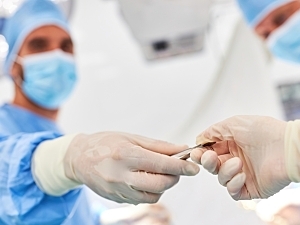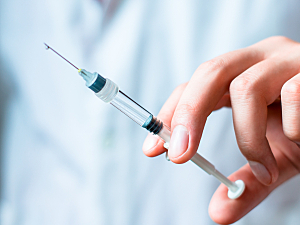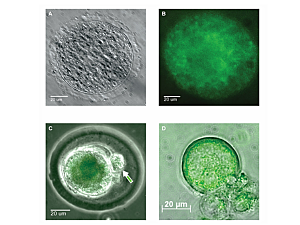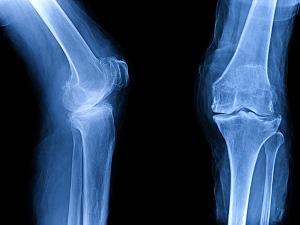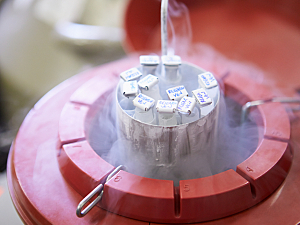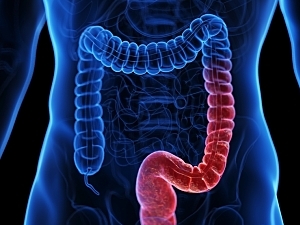Brigham Urology Hosts International Advances in Urologic Care Symposium

This fall, Brigham and Women’s Hospital faculty host an international scientific conference on urology in the Dominican Republic. Course directors Matthew Mossanen, MD, MPH, and Quoc-Dien Trinh, MD, MBA, describe what participants can expect from this unique experience and highlight important topics in the curriculum.
Read More...